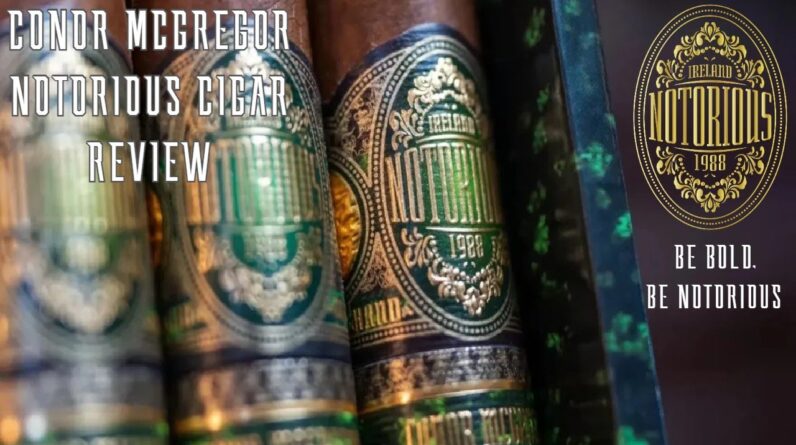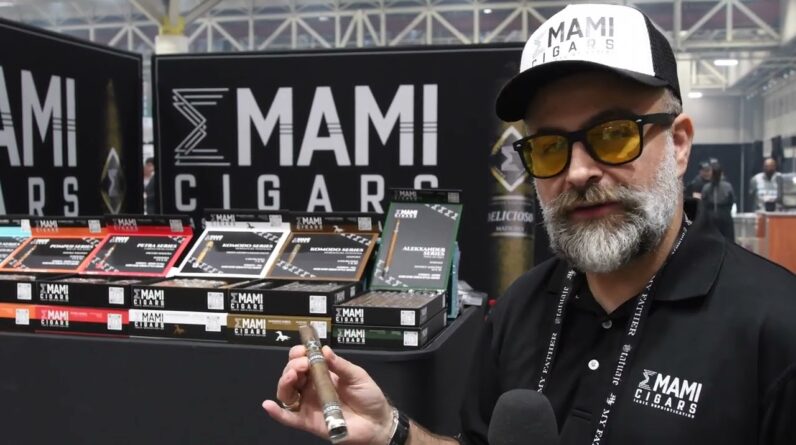Casey Haugen of Crux Cigars talks about the company’s Epicure Habano blend, which was introduced last year but just started shipping to retailers last month.
For more coverage of the PCA 2023 Convention & Trade Show, please visit: halfwheel.com
Twitter —
Facebook —
Instagram —

How to Smoke a Cigar
Cigars are associated with class and sophistication, which is why many people choose to smoke them. They’re also an excellent way to spend time with friends, and they are often smoked in groups. However, cigar smoking isn’t just about putting the stick in your mouth; it’s an entire process from cutting to lighting and cuffing that requires a bit of skill.
First, let’s start by looking at what distinguishes a cigar from a cigarette. Cigars are handmade, and they contain a filler made of different tobacco leaves wrapped around a larger tobacco leaf that holds it all together. In contrast, a cigarette contains shredded tobacco leaves, steams and byproducts held together by paper. Cigar makers use a variety of techniques to create distinctive strength, aroma and flavor profiles for their various branded cigars.
For example, the way a cigar is aged can significantly affect its final taste. Cigars are typically aged for a few months to two years, ideally in a humidor at constant temperature and humidity to help the tobacco reach its peak. Some cigars are even smoked for additional periods of time (tertiary aging) to further dissipate acidity and bring the flavors into perfect harmony.
Next, the shape and size of a cigar can change its flavor and taste. The panatela is a thin cigar that’s open at both ends. The cheroot, known in some parts of the world as a whiff, is thicker and sturdier than the panatela and has an end that’s finished. A toro is a cigar that’s much wider than either the panatela or cheroot and is the ideal cigar for long, savory smoking sessions.






